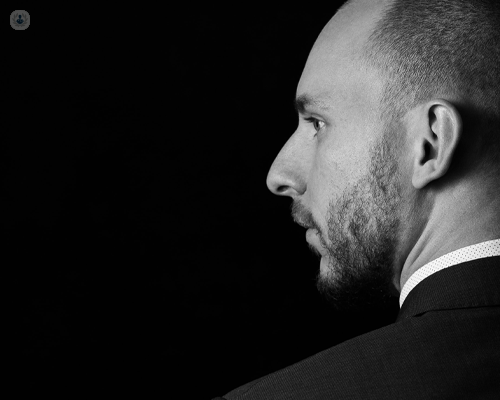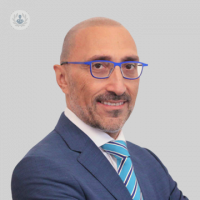Strip FUT and FUE surgery: What's the difference?
Autore:If you're thinking about undergoing hair transplant surgery, you may know that hair is typically taken from the back or sides of your head, or maybe another part of your body. However, it's interesting to know that there are two ‘harvesting’ methods to consider.

Follicular Unit Transplantation (FUT or strip) and Follicular Unit Extraction/Excision (FUE) are types of hair transplant procedures that are done to increase the amount of hair in an area of the head which may be going thin or bald. But what's the difference?
Dr Besam Farjo, founding director of the renowned Farjo Hair Institute in Manchester and London, highlights both of these two methods in detail and how the team at the institute apply their expert skills to the procedures.
What is the difference between FUE and FUT surgery?
The method of extracting or harvesting the donor hair is the major difference between the two. Based on the same number of grafts, the harvesting method should have no impact on the final look of the transplant as long as the graft quality, which needs to be healthy and intact, is the same.
Time is a differentiating factor, too. FUE takes longer than Strip FUT because it relies on spreading extractions over a large area of the scalp. This limits the number of grafts available to transplant in a session significantly, in comparison to FUT's 'strip' method.
Patients that favour very short hairstyles or those with fine hair where you can see through to the scalp would find the FUE method ideal.
What is involved in the FUE procedure?
In FUE, 0.8 to 1.1 millimetre ‘drill bits’ are used to individually extract the follicular unit grafts (rather than simply hairs). Furthermore, a variety of equipment is used to carry out the procedure, manually or mechanically.
Is there any scarring involved in the FUE procedure?
FUE is not scarless but it is barely noticeable. Rather than there being a linear scar, there is a large number of very small dot scars.
What happens when undertaking the Strip FUT Transplantation method?
We use the Ultra-Refined Follicular Unit Transplantation technique at the Farjo Institute.
We use stereoscopic dissecting microscopes to extract hair roots from a narrow strip of skin from a ‘donor’ area at the back or sides of the scalp, which we refer to as the ‘permanent area’. Then the hairs are relocated to the bald or thinning areas at the top of the head. They grow normally, either permanently or, at least, on a long-term basis.
One of the factors we consider as part of both methods are keeping follicular units, which range from one to four hairs, with the average being 2.2, intact when transferring them to the recipient site. This results in a better survival rate for the hairs and a more natural-looking result.
Individual hair grafts are positioned at the hairline in a feathery manner to avoid the appearance of a ‘pattern’ developing. This detail allows the hair to follow the direction and angle of the natural growth in that area. The final result looks very natural, so only patients and those they choose to tell will know.
Considering Strip FUT, FUE surgery or have hair-loss concerns? Speak to Dr Bessam Farjo for expert advice. Visit his Top Doctors profile here.


